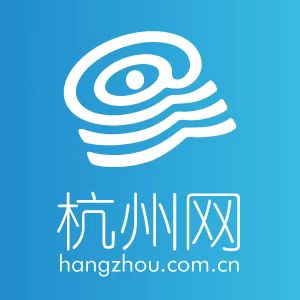On March 21, in the tea gardens of the West Lake Longjing origin protection area in Hangzhou, capital of East China's Zhejiang province, three special "tea-picking assistants" – intelligent tea-picking robots – were on the scene to aid their human counterparts.
The tea-picking process via the robotic arm involves two steps: cutting and suction. The robotic arm's end is equipped with a small pair of scissors, which, guided by positioning information, accurately cuts the stem of the tea bud. As the scissors make the cut, the vacuum suction tube attached to the end of the robotic arm sucks the detached bud into a temporary storage box.
The development team behind the technology is the Agricultural Robotics and Equipment Innovation Team at Zhejiang Sci-Tech University. Their sixth-generation intelligent tea-picking robots made their debut this year.
Leveraging artificial intelligence, the machine automatically recognizes tender buds through learning from a vast amount of image data and utilizing big data algorithms, enabling precise tea picking by controlling the robotic arm.
The newly upgraded sixth-generation intelligent tea-picking robot offers a 50 percent increase in efficiency compared to last year's fifth-generation version. One machine can replace 1.5 manual laborers, picking 1.5 kilograms of dry tea leaves per day.
Zhejiang boasts vast tea gardens, and the development of the tea industry is closely related to the income of local farmers.

